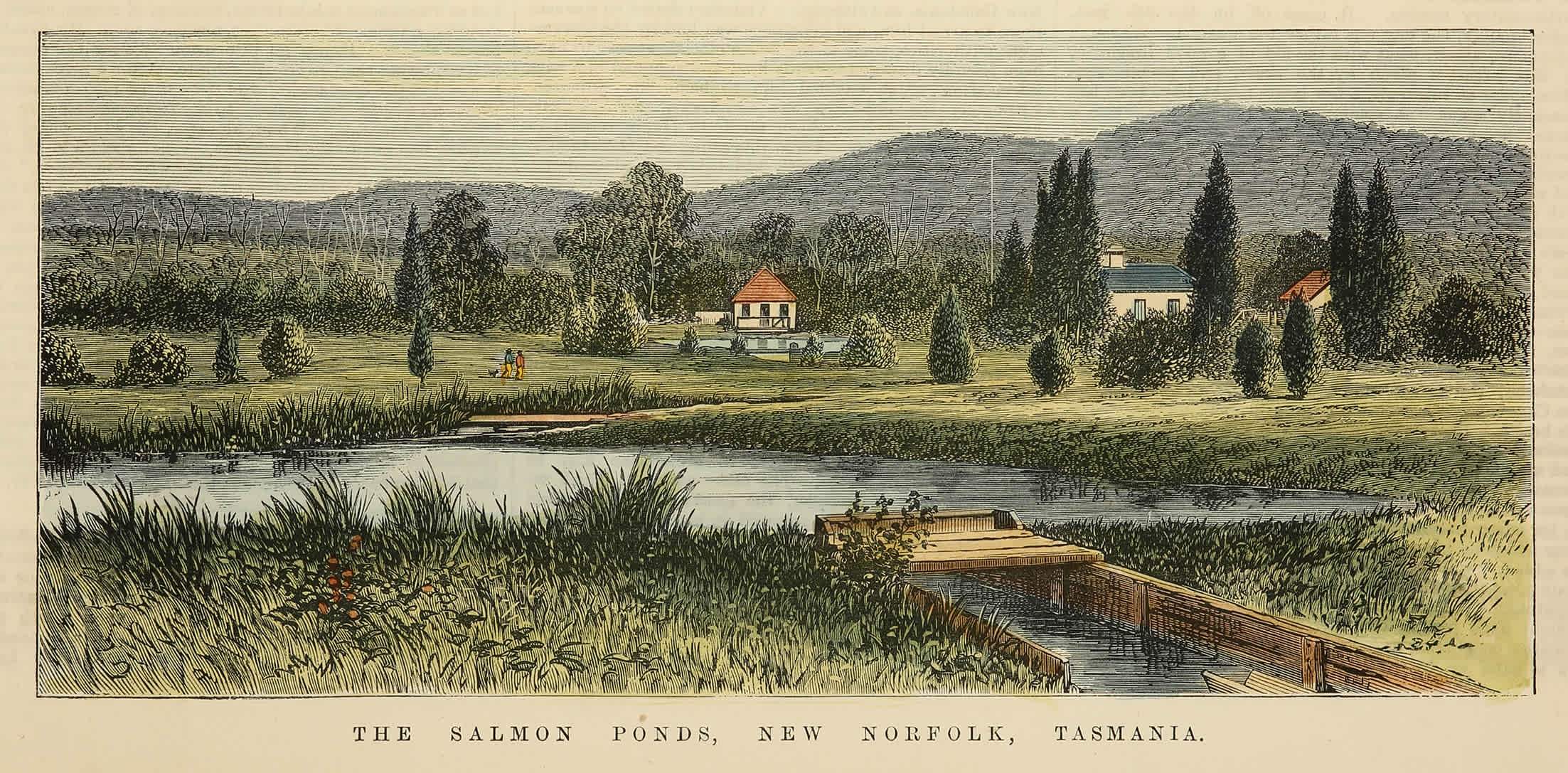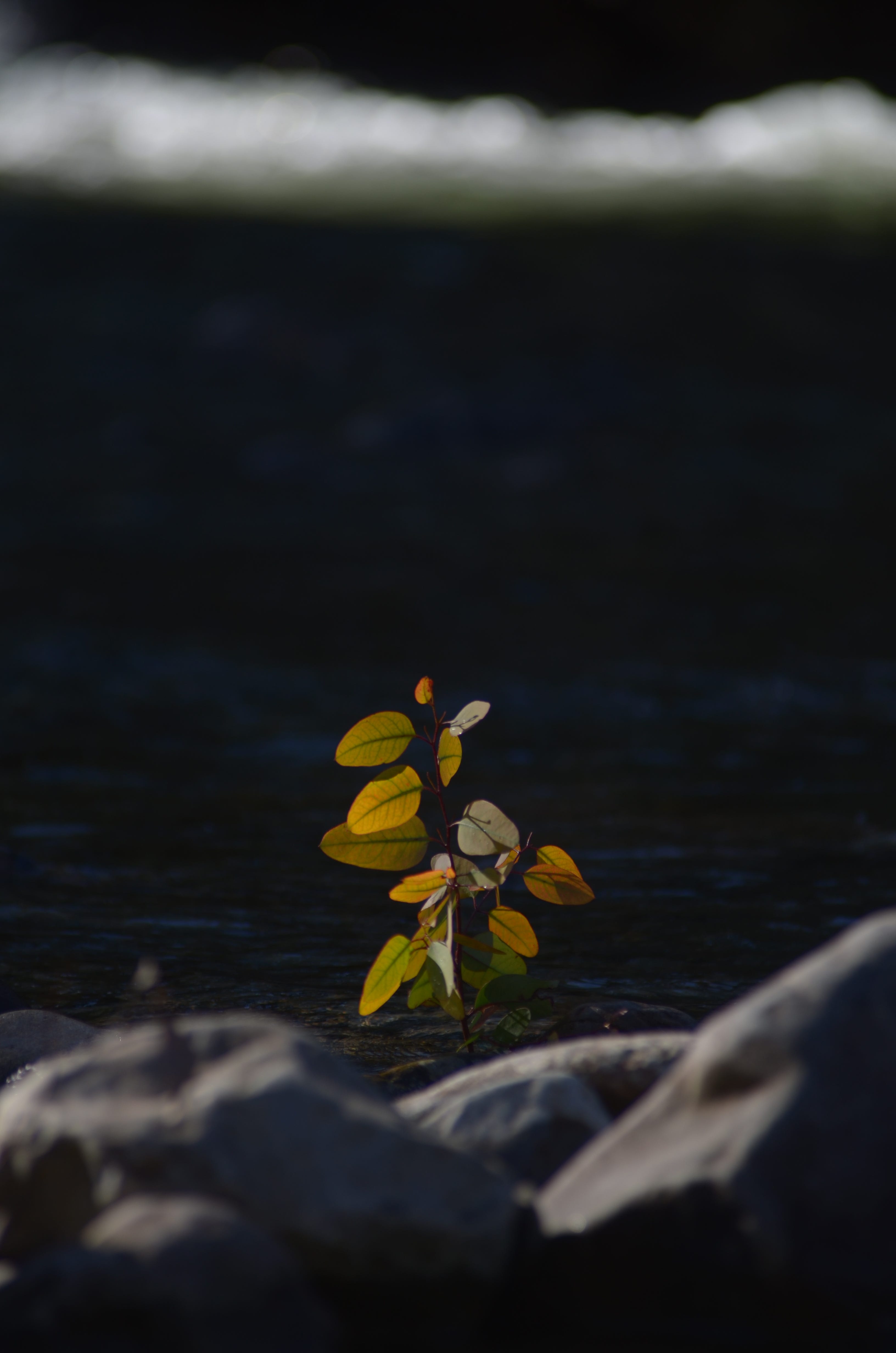
I explained that most Tasmanian magpies hadn’t yet learnt to swoop. They didn’t teach their babies that we were dangerous.
A magpie family in southern Tasmania has made my school its home. I teach outside in a patch of bush, and had noticed the nest being built. I decided to move my classroom to make it easier to watch them, and laid out my colourful mats under the white eucalyptus tree.
All the children I teach, from five to 12 years old, and more than 400 of them over the course of a year, sat under the nest, day after day, week after week.
They watched the magpie build the nest, stick by stick. It would walk around the grass, carrying a twig in its mouth and saunter past the children, as if to show them how good a worker it was, how good a parent it was going to be. The magpie sat, and sat, and occasionally another would come over, then another.
“But why are there three?” an earnest face asked, tilted right back to see my face. I am tall, and they are very small. “It’s a modern world we live in,” I replied.
The children watched the story of the magpie unfold above them, as at the same time they learnt how to tell stories themselves. As my students practiced putting a problem into their stories, thought hard about how a character may react, and performed their stories in groups to their peers, the magpies sat on their eggs and foraged nearby.
I pointed out how quiet the children needed to be, as one of the birds had a gammy leg, and could only hop across the grass, although still seemed to be eating so might survive. We talked about what could have hurt it and mentioned the neighbourhood cats. As part of these conversations analysing the world around us, we discussed the masked lapwings. These territorial birds, commonly known as plovers, had miraculously hatched eggs in the middle of the school soccer oval and now strutted around aggressively with three adorable chicks in tow.
The children are rightfully wary of the plovers, they know them well, and they had also heard that magpies swoop. Almost as if it were an altar, we peered up to the nest that our mats lay beneath, and I explained that most Tasmanian magpies hadn’t yet learnt to swoop. They didn’t teach their babies that we were dangerous. I told them that at no other school could I imagine the magpies coming as close as these did, and trusting us as much.
“It’s because they feel safe around the children here, because the children are so kind.”
A boy with a stick in his hand glanced at me sideways and hid the stick behind his back. Other children melted with the praise and earnestly became even quieter, staring at the nest in the eucalypt above. The class of seven year-olds become spontaneously silent in case they could hear the baby magpies. Frequently my lesson would be interrupted, not by young people rolling on each other and chatting about the weekend, but by children pointing out how close the magpies were.
They were right – the magpies hopped closer and closer.
The day of the story came. I forget the learning intention that day – oh, that’s right, “Create a fable that will teach us something. A parable is acceptable as well.” Children ran off in the small groups they created stories with, using the bush as props for the world they imagined. On any given day, children could be found up trees, curled into branches, sticks piled intricately against the trunks, nests of grasses poked into hollows. These children are committed to their performances and very serious about audience feedback. It had been a full day, and I was working hard to focus my tired mind in order to follow the complex storyline and characters that the ten year-olds had created.
The audience, that stood in a semi-circle around the storytellers, was doing well for the last session of the day, but a couple of students were becoming fidgety. I stepped forward to catch their eye – respect to their peers is paramount – when something caught my own eye. Above the arc of students watching, and almost directly above the storytellers, a magpie had come. It was perched on a branch and leaned over, its head to the side as if avidly listening.
I stared as the storytellers wrapped up. In all honesty, I missed the end of the story. I had to pause the performers’ feedback to point out the bird who had come to listen. I’m not sure they really understood how incredible a moment that was. Being children, I think they believed it to be only natural that a magpie would want to listen to them.
. . .
I had a lovely routine with the younger children. My first task was to quietly lead about 25 very excited children with complex needs through the school – not as easy as it sounds. I would sometimes walk only on cracks, or make shadow puppet characters on the walls and concrete path, modelling my focus and play so they would want to follow quietly. I would then stand at the bottom of a ramp that led across the grassy oval to the bush, and wait for all the children to catch up
Children tried to stand still but hopped on the spot a little, while I updated them on the magpies’ progress in their family-making endeavours, and reminded them to be very quiet when they arrived at the mats under the nest. I then would send them running over the oval and flying down the hill, often rolling and spinning through the daisy flowers before they cartwheeled the rest of the way.
On this day, there was already a magpie waiting at our meeting place. I saw it on the balustrade rail a few metres away as I walked the children down, and simply turned and put my finger to my lips as we passed, pointing to it. This class was a rowdy one, but all those children became silent in a wave as they passed, and stared, nudging each other and pointing. The magpie sat just above us, as if he too was waiting for instruction.
It could have been coincidence that the magpie was there, and in fact, it most likely was. So, I tested it. I sent the children catapulting down the hill, and walked at a leisurely pace behind them, helping a child who tripped, chatting to another who had chosen connection with an adult over the freedom of a run. I kept one eye on the bird, who had stayed behind on the post. I settled the children on the mats, and turned – to see the magpie swoop down the hill following the slope, dart through the tree branches in a single trajectory, and roost in the branch closest to us. Its cheeky eyes peered at us as its head tucked to the side, as if it was sure it was just one of the students. Or, perhaps, the teacher.
. . .
Recently, I was teaching storytelling around Remembrance Day. As an antidote to the glorification of war, I teach peace instead. These children were very young, so I was trying to teach them what peace might feel like in their body, and was about to ask them to look for a place or thing in the bush that gave them that feeling, before creating a story, but my attempt at serious explicit teaching was interrupted yet again.
Three girls began to make gasping noises, looked at me frantically and then tipped their heads back. These girls were very polite, and had been taught well not to interrupt, but they were bursting. I leaned across my white board, smudging all my carefully drawn pictures and words, and peered up next to them at the nest. Two little heads had stuck their necks over the edge and were cheeping frantically.
The class went silent, then gasps rang out, small arms pointing.
Later, a few children said they had feel peace inside their body when they hear the sound of the magpie call, or heard their wings swoosh past.
Karen Harrland and her family spent several years living and working as managers on isolated conservation reserves in the Simpson Desert and outside of Broken Hill. Karen now works as a storytelling teacher at a primary school, but whenever possible she will be found writing, bushwalking or swimming in the Tasmanian wilderness.
Her first book, the memoir Spinifex Baby, won the National 2014 Finch Memoir Prize. She now lives on the flanks of kunanyi/Mt Wellington, not too far from the Central Plateau where that story begins. Her second book, Daughter of the Plateau, was published by Forty South Publishing in 2022.








